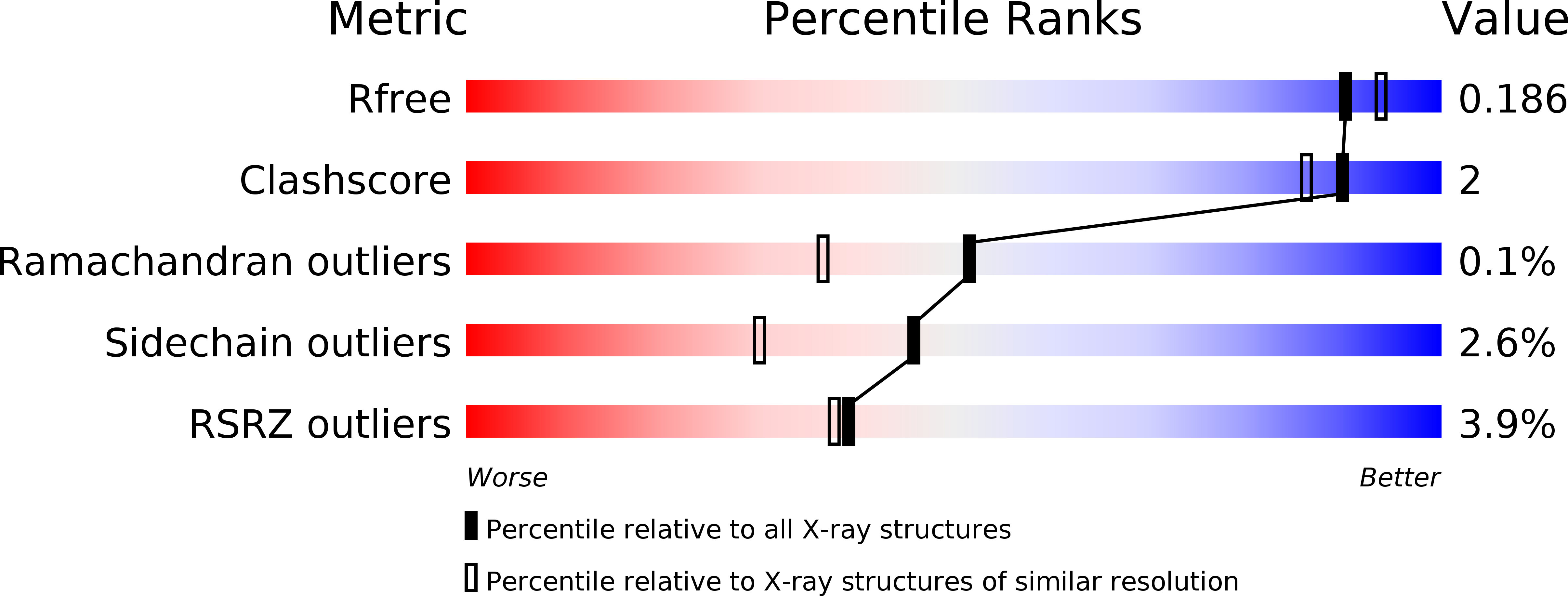
Deposition Date
2012-09-03
Release Date
2012-09-19
Last Version Date
2024-10-30
Method Details:
Experimental Method:
Resolution:
1.85 Å
R-Value Free:
0.18
R-Value Work:
0.16
R-Value Observed:
0.16
Space Group:
P 1


